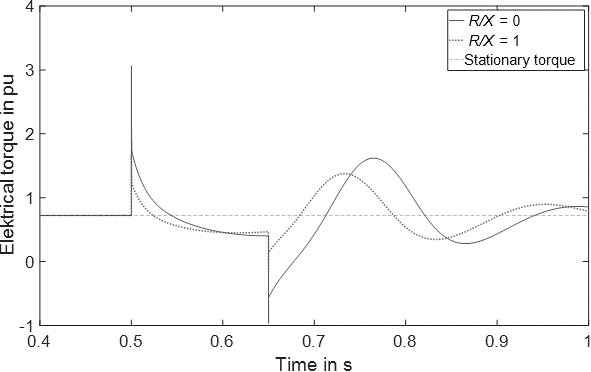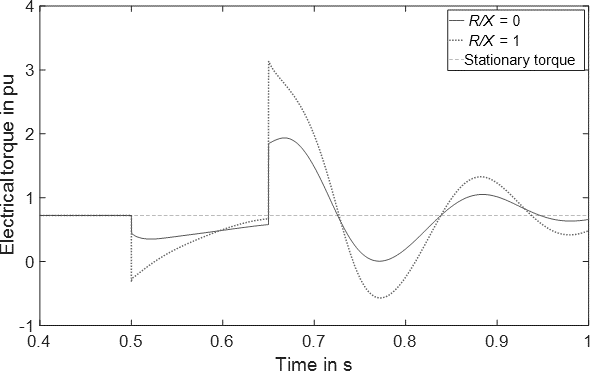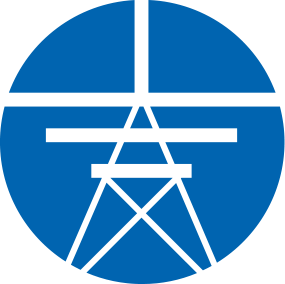Confirmity investigation of small hydropowerplants regarding grid code compliance test
The content of this paper is the conformity assessment to sustain a voltage dip at the grid connection point of the hydro power plant (noted as FRT – fault ride through - capability in this paper) for a three-phase short circuit according to the TOR-Erzeuger directive using a calculation software. In addition to the assessment, emerging effects are addressed which have an influence on the result of the assessment.
It has to be noted that this verification of grid code compliance is mandatory for each newly installed unit as well as for units in which major changes are made, e. g. an increase of output power due to the installation of a new turbine runner.
Particular attention is paid to the back-swing effect which is especially important for unit with low rated power in the range up to some megawatts.
Results show that it makes a significant difference which method is used to generate the voltage dip.
The torque curves differ substantially from each other, so that they lead to different results and thus the generator is exposed to different stress.
Due to the lower power of the small hydropower plant and the resulting larger RG/XG ratio of the generator, the back-swing effect is particularly dominant here, which leads to a deceleration of the generator shaft in the initial period after the fault occurs. The differences between the individual methods are particularly pronounced.
The aforementioned deceleration of the generator shaft therefore has a strong effect on the maximum fault clearing time, the so-called Critical fault Clearing Time, or "CCT" for short. Due to the deceleration of the rotating parts, a longer time period is required before the unit shows instability.
As a main result it is shown that stability and thus grid code compliance depends on the way fault situations are created in the simulation software and so special attention should be paid on this topic during the planning phase of small hydro projects.


Link to the publication: follows

